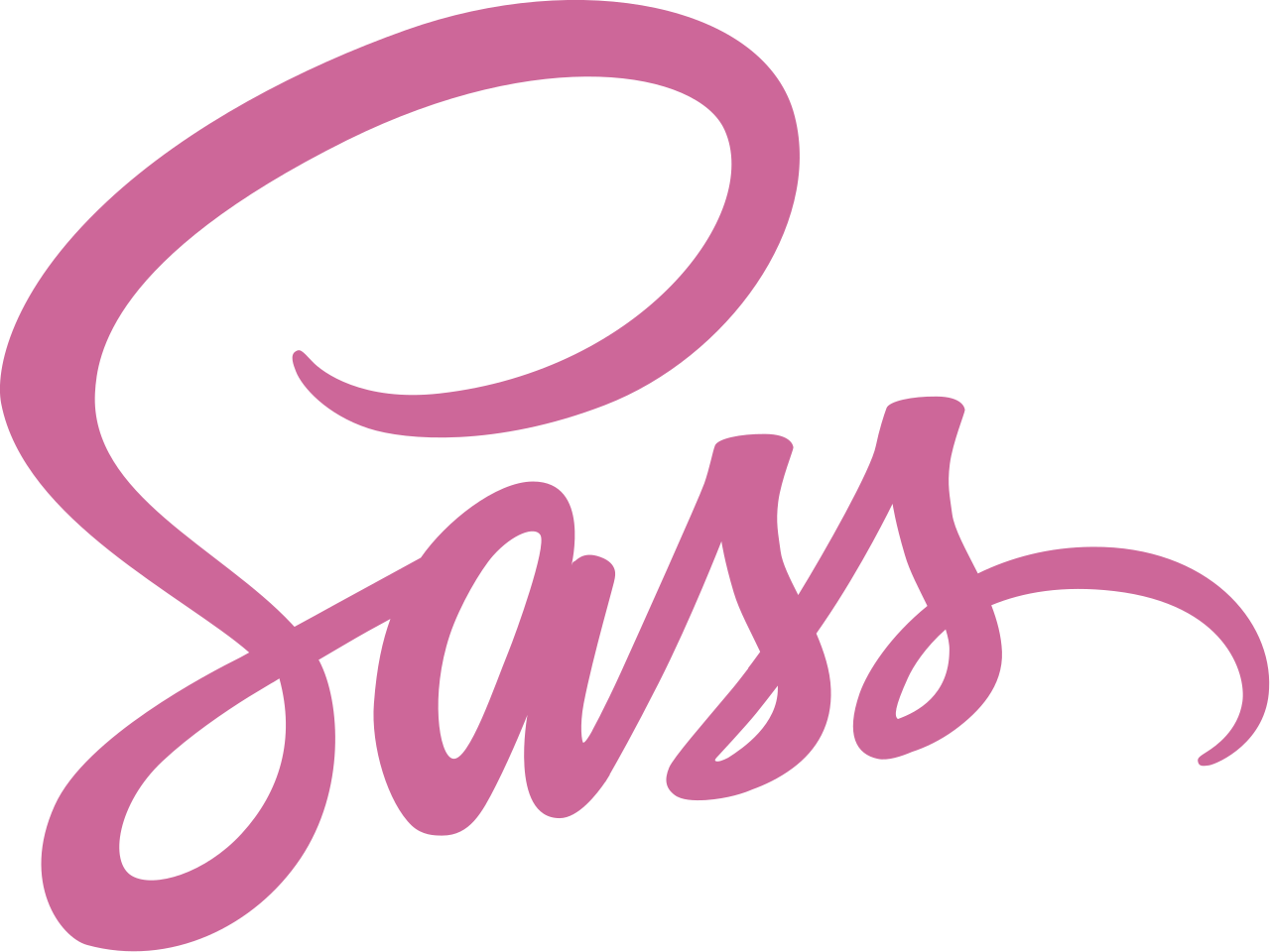Responsive Design in CSS
Sass and Responsive Design
Sass (Syntactically Awesome Stylesheets) is a CSS preprocessor that allows you to write more organized, reusable, and maintainable stylesheets. By using Sass in a responsive design project, you can leverage features like variables, mixins, and functions to simplify the creation of styles that adapt to different screen sizes.
 This image shows the Sass logo
This image shows the Sass logo
What is Sass?
Sass extends the capabilities of CSS by allowing the use of variables, nesting, mixins, functions, and much more. This facilitates writing cleaner and more organized code, especially in large projects or when working with responsive design.
Installing Sass
To use Sass, you need to install it in your development environment. If you're using Node.js, you can easily install it with the following command:
bash
Once installed, you can compile your .scss files (the extension used by Sass) into CSS files that will be interpreted by the browser.
Using Variables in Sass
One of the main advantages of Sass is the use of variables. In responsive design, you can use variables to define breakpoints, colors, and font sizes that will be reused throughout your stylesheet.
scss
Mixins for Media Queries
Mixins are reusable blocks of code that you can define once and then use in different parts of your stylesheet. In responsive design, mixins are particularly useful for managing media queries more efficiently.
scss
Nesting in Sass
Sass allows nesting selectors within other selectors, which helps keep the code organized and easier to read. This is particularly useful when working with components or modules in a responsive design project.
scss
Functions for Responsive Design
Sass also offers the possibility of creating custom functions that can help handle complex calculations, such as adjusting relative sizes in responsive design. For example, you could create a function that adjusts font size in relation to screen width.
scss
Complete Example of Sass in Responsive Design
Below is a complete example of how to use Sass in a responsive design project:
scss
Conclusion
Sass is a powerful tool that facilitates the creation of organized and efficient stylesheets, especially in responsive design projects. By using variables, mixins, and functions, you can simplify the management of media queries and ensure that your CSS code is easy to maintain and scale.
Support Chuck’s Academy!
Enjoying this course? I put a lot of effort into making programming education free and accessible. If you found this helpful, consider buying me a coffee to support future lessons. Every contribution helps keep this academy running! ☕🚀

Chat with Chuck

- Introduction to Responsive Design
- Responsive Units and Media Queries
- Advanced Media Queries for Precise Design Control
- Mobile-First Design
- CSS Grid: Responsive Grid Design
- Flexbox and Its Application in Responsive Design
- Scalable and Flexible Typography
- Responsive Images and Media
- Sass and Responsive Design
- Using CSS Variables for Responsive Design
- Tailwind CSS: A Utility Framework for Responsive Design
- Bootstrap: Responsive Design with Prebuilt Components
- Accessibility in Responsive Design
- Dark Mode and Responsive Themes in Web Design
- Optimization and Performance in Responsive Design
- Testing and Tools for Responsive Design
- Good Practices and Responsive Design Patterns
- Conclusions and Next Steps in Responsive Design













